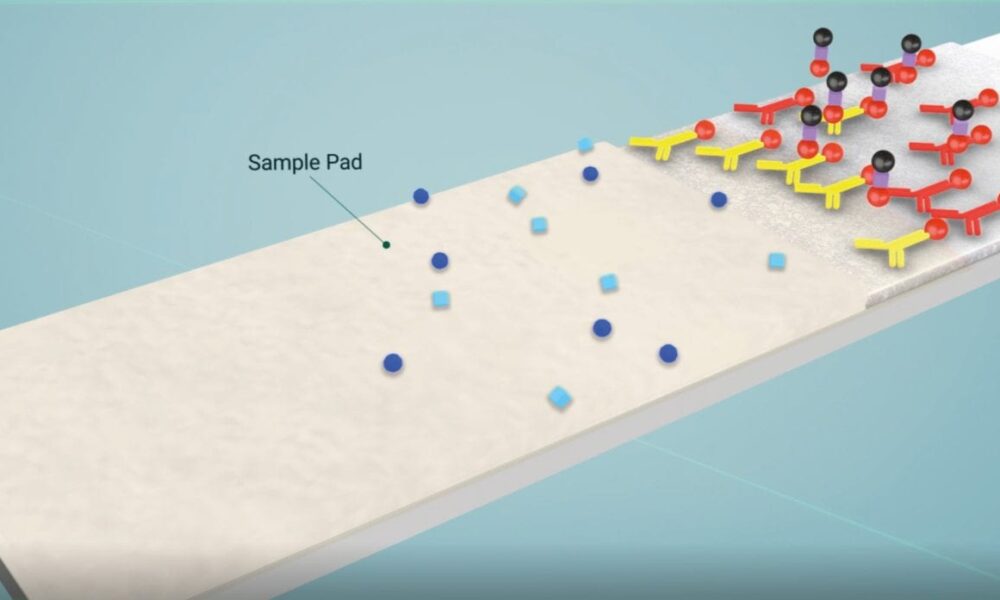How does this affect your lateral flow test?
Since the inclusion of octylphenol ethoxylates (OPE) in the Annex XIV of REACH (Registration, Evaluation, Authorisation and Restriction of Chemicals), usage concerns have arisen surrounding this surfactant. So, what are these concerns and what does it mean for lateral flow rapid tests that use OPEs, such as Triton-X?
What is the issue with OPE?
OPEs are endocrine disruptors and ‘break down relatively easily into Octylphenols (OPs), which are more harmful and can be very persistent in the environment’ (Source: Scottish Environment Protection Agency).
The robust nature of OPs mean they can be transported by aquatic organisms and birds far and wide from the ‘original point of release of OPEs’. Therefore, OPEs have the potential to pass to humans via the food chain as well as direct contact when handling a test with OPE. If an Endocrine Disrupting Chemical (EDC) passes to humans there is a potential they can:
- alter the reproductive function
- increase incidences of breast cancer
- affect growth patterns and neurodevelopment in children
- change the immune function
Hence the concern surrounding the use of OPEs!
What to do if your rapid test contains octylphenol ethoxylates?

Following the sunset date (4th January 2021), REACH will allow the use of OPE for research and development (R&D), as an intermediate or in exceptional circumstances.
In regards to manufacturing rapid tests, it’s advisable to avoid using OPEs during the research and development phase. The test specification will only have to be reconfigured with a compliant surfactant for market release if OPE usage doesn’t fall within the ‘exceptional circumstances’ bracket.
In exceptional circumstances you will need to seek approval from the authorities. It is possible this process will be costly and successful applications will be for a limited time period. Application renewal will be possible but will of course incur further costs and labour time.
The logical solution would be to use sustainable surfactants from the outset of assay development or switch to a compliant surfactant in commercially available rapid tests.
Seamless transfer to a new surfactant
Ignoring this issue could potentially cause problems further down the line, especially if a complete ban comes into place. To secure the long-term success of an assay you need to ensure all components are sustainable and environmentally friendly. The last thing you want to do is use materials that can impact growth or your brands image.
If your assay is in the market, the idea of switching surfactants seems daunting. However, your lateral flow manufacturer should be able to guide you on this change process.
The change process needs to be project manager led, starting with the sourcing of a suitable alternative: surfactant selection should fall to lateral flow specialists. Extensive validation and testing throughout the change process will then ensure the seamless introduction into an assay.
Suppliers are rallying to ensure the availability of appropriate surfactants and Abingdon Health has access to these alternatives. If your lateral flow rapid test uses octylphenol ethoxylates, such as Triton-X, and you need to change surfactant, contact Abingdon Health to understand how we can help.

